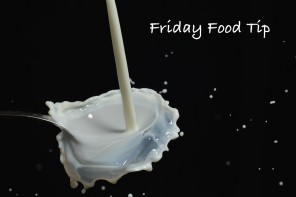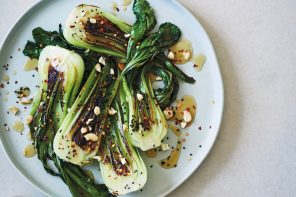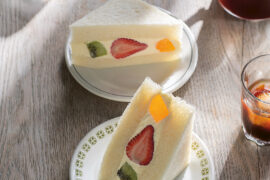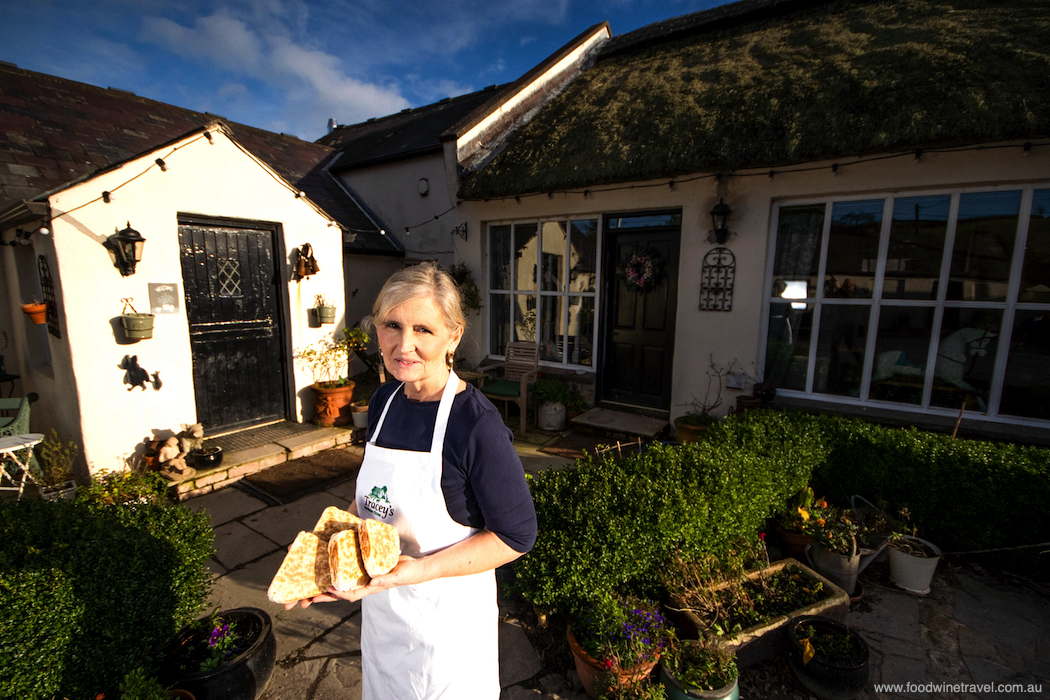
A narrow, winding road leads around a quiet bay on Strangford Lough in Northern Ireland, past traditional white-washed cottages to a thatched barn where Tracey Jeffery hosts cooking classes with a focus on the traditional food of Northern Ireland.
The drive to Tracey’s Farmhouse Kitchen is alone worth the journey, because the scenery is stunning. But I’m here to learn how to make the Irish breads I have enjoyed eating during my stay in Northern Ireland, so that I can replicate them at home in Australia for my Irish-born husband.
First though, there’s fruit bannock to be eaten, seated by a crackling fire, as Tracey welcomes us warmly to her home. We’re told all the breads we make today will either have to be eaten or taken away with us, so we make a valiant effort to empty the plates of fruit bannock. A type of soda bread filled with plump fruit and a crusty sugar coating, it’s a perfect match with a cup of tea by the fire.
We’re invited into the huge farmhouse kitchen, with a fabulous dresser full of beautiful china and tables set out with equipment and ingredients for each of us to use.
Donning my apron, I get to work making my first bread – a traditional soda bread cooked on the griddle. There’s no pretension here, no weighing or measuring of ingredients or fancy tricks. Tracey tells us to take handfuls of soda flour into our bowls, and then to slowly mix in enough buttermilk to form a dough that’s not too dry and not too sticky.
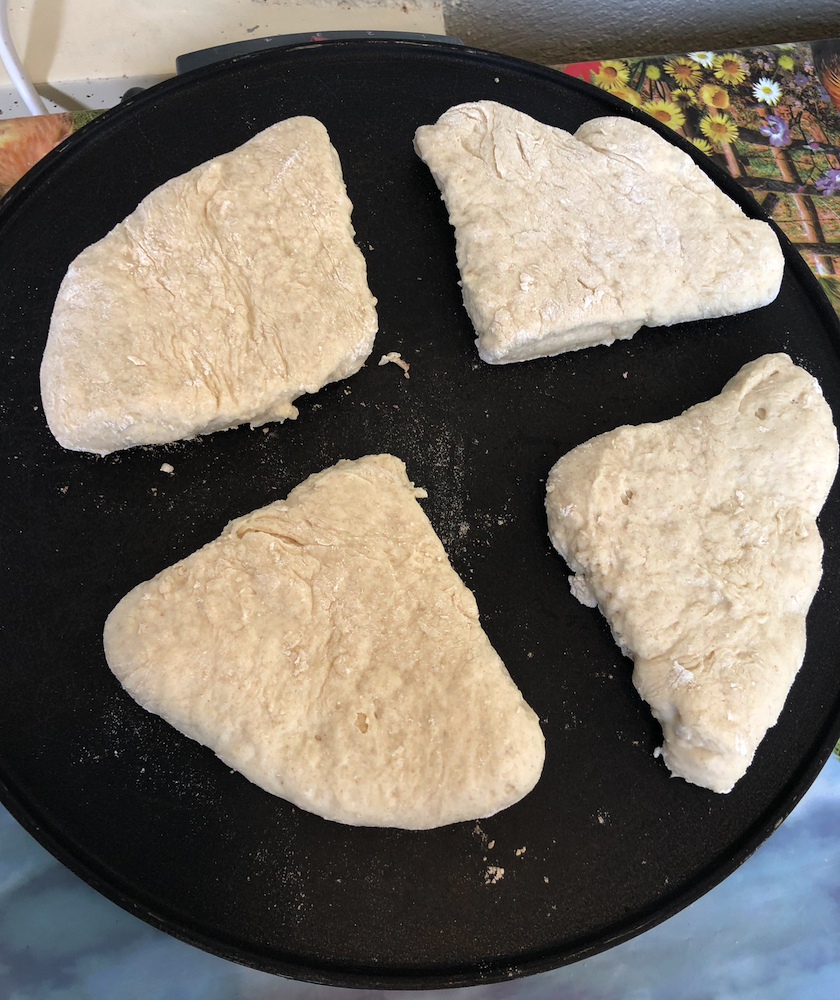
The dough is placed onto a floured bench, and then formed into a flat circle which is cut into four segments or ‘farls’. The farls rise and cook quickly on a hot griddle, are flipped over to brown on the other side, and then the edges are sealed on the griddle for a few seconds (or ‘harned’).
Some creamy Irish butter and homemade preserves are a perfect match for a soda farl. And of course, a cup of tea is an essential partner.
Variations on soda bread
A variation on soda bread is wheaten soda, made with coarse wholemeal flour and some extra sugar and bicarbonate of soda to help with the rising. We also experimented with adding treacle to make a sweeter version, and Tracey suggested adding some Guinness for something different.
Wheaten bread is on the breakfast table in many Irish households, and is often served with seafood chowder, a staple on Irish pub menus. It can be cooked on the griddle as we did in Tracey’s class but it can also be baked in the oven for a lighter loaf.
Another breakfast favourite in Ireland is potato bread, but the potato bread sold in supermarkets is often tasteless and gluey. There’s no shortage of potato varieties here, and we used a floury potato to form a smooth mash. This was mixed with some soda flour and quickly cooked on the griddle for a perfect potato bread, made even more interesting with some melted dulce butter. For the uninitiated, dulce is seaweed, as popular in Ireland as it is in Japan.
In a less traditional variation, Tracey also suggested a soda bread mix could be the basis of a focaccia, quickly prepared in 15 minutes and avoiding kneading and time for the dough to rise. We tried Tracey’s soda focaccia with olive oil, cumin, garlic and nigella seeds, and agreed it rivalled Italian-style focaccia.
Our reward for working so hard was a lovely ‘tea’ including the breads we had just learned to make, as well as a Victoria sandwich cake and shortbread.
As the only non-Irish person in the group, I enjoyed learning more about my fellow classmates over ‘tea’. Most remembered their grandmothers or their mothers making bread like this but hadn’t tried it themselves. Like Tracey, most were also interested in sourcing their food locally, and taking advantage of Ireland’s abundant fresh produce.
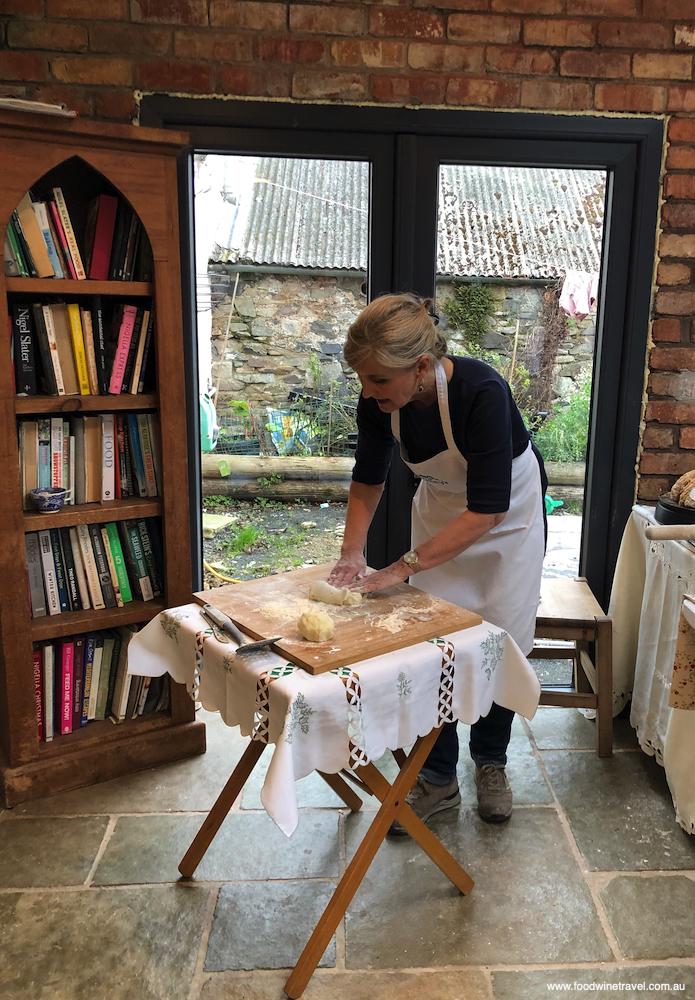
Strangford Lough is less than an hour east of Belfast, and its gentle waters and rich soil make it good farming country. There are many reasons to visit this part of Northern Ireland, and tourists are increasingly finding their way here to see some of the sites where the Game of Thrones television series was filmed. Wheaten bread and soda farls would have been as fitting an addition to a fictitious medieval banquet table as they are to contemporary Irish cooking.
If making bread doesn’t appeal, you can still enjoy Tracey’s hospitality and traditional baking at her weekend afternoon teas. You definitely won’t leave feeling hungry.
Recipe For Soda Bread The Irish Way
Use a griddle for this recipe. You don’t need a bowl as the best and traditional way of making soda bread is mixing your ingredients on the table.
INGREDIENTS:
1½ cups soda bread flour*
150ml (3/4 cup) buttermilk
Put the flour into the bowl – no need to sieve. Make a well in the middle and pour in half of your buttermilk. Add the rest of the buttermilk and mix to a soft consistency (like porridge). Cut into farls and put onto griddle. Don’t forget to harn the farls! You can also add treacle / molasses to your mix which results in delicious Treacle Soda Farls. Add a big tablespoonful of treacle to half of your buttermilk and mix it thoroughly until you get a deep sand colour. Then add it to the rest of your buttermilk.
*Soda bread flour with a raising agent (bicarbonate of soda). If you can’t get soda bread flour, just add 1 teaspoon of bicarbonate of soda to every 150g plain flour.)
If you go:
Tracey’s Farmhouse Kitchen
The Stables
52A Ballymorran Road
Killinchy, Co. Down, BT23 6UD
Northern Ireland
+44 (0) 7711 4848 50
www.traceysfarmhousekitchen.com

